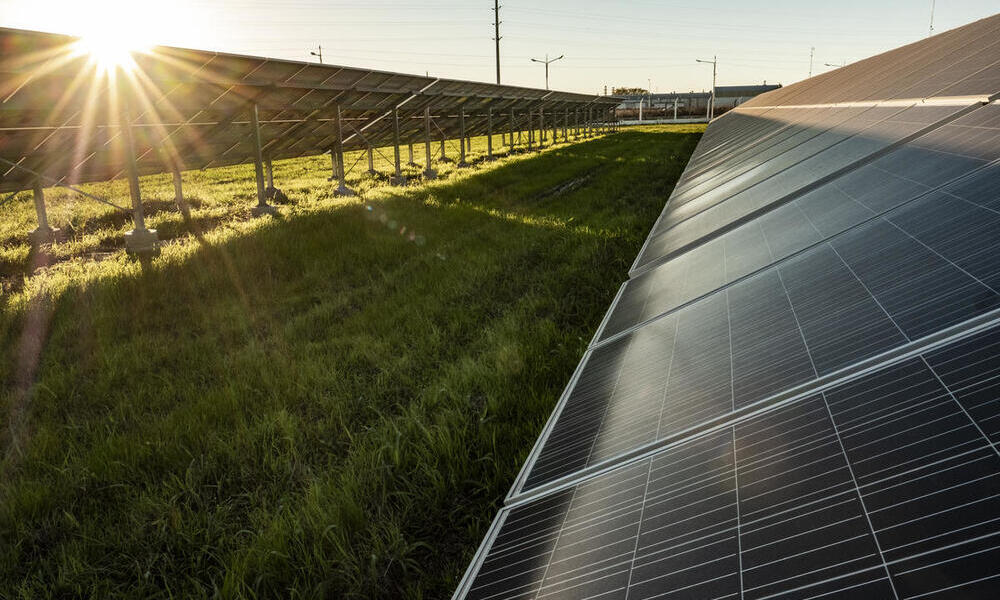I was in a meeting with my staff mourning the tenuous future of US Climate action when I heard about the Inflation Reduction Act of 2022. With the chances of reconciliation seemingly slim to none, and the West Virginia v. EPA decision weighing down the ability of the Executive Branch to act, things seemed particularly grim. The reports broke about the climate deal brokered as part of the Senate reconciliation package, and the mood change was palpable as the ramifications sunk in. Democrats had agreed upon a Bill that could clear the US Senate. It offers up more than $350 billion in historic investments that would set the United States on a solid path toward reaching its climate goals.
Among the most important provisions are the $9 billion in consumer home energy rebates. This includes 10 years of tax credits aimed at allowing American homes to run on more energy-efficient and clean systems, which will save them money. Second, are the extension of the EV tax credits to help Americans transition to cleaner cars. There is also over $60 billion supporting onshore clean energy manufacturing, including tax credits for clean technology manufacturing facilities, and tax credits to support the development of sustainable aviation fuel. $30 billion is targeted for grants and loans to the states and electric utilities so they can accelerate their transition to clean generating capacity. There is $6 billion to support an Advanced Industrial Facilities Deployment Program to address emissions from hard-to-decarbonize facilities in the chemical, steel, and cement industries.
In other words, this Bill gets at the root cause of climate change—carbon emissions from burning fossil fuels—and offers significant resources addressing those emissions in American businesses, on our roads, and in our communities. The Bill also recognizes the role that nature plays in responding to the climate crisis. It includes $20 billion for climate-smart agriculture, $5 billion to support response to wildfire and forest management, and $2.6 billion to bolster coastal areas and habitats that are being impacted by climate change. It also includes significant support for communities that are being harmed first and worst by carbon emissions and climate change. The package includes over $60 billion in support for communities facing environmental justice issues.
As much as this bill offers a lot to be optimistic about, legislation like this is only the beginning of the journey to address the climate crisis. The Bill provides potentially transformational resources to help decarbonize the economy, but it is up to all of us—our businesses, our communities, our institutions, our state and local governments—to actually do the work of becoming being more energy efficient and reducing emissions in our day-to-day operations.
